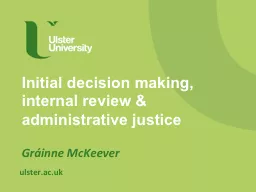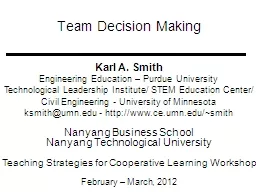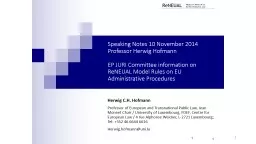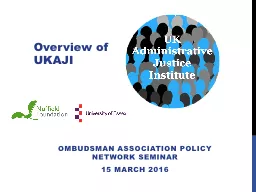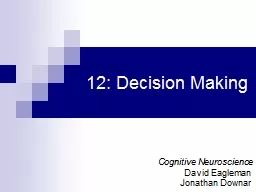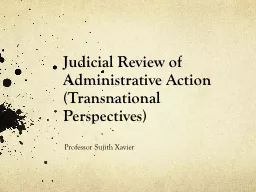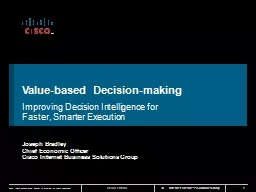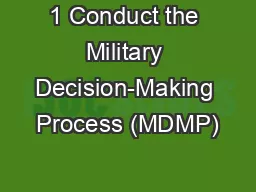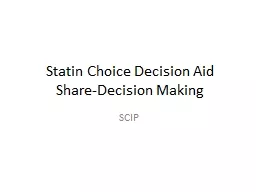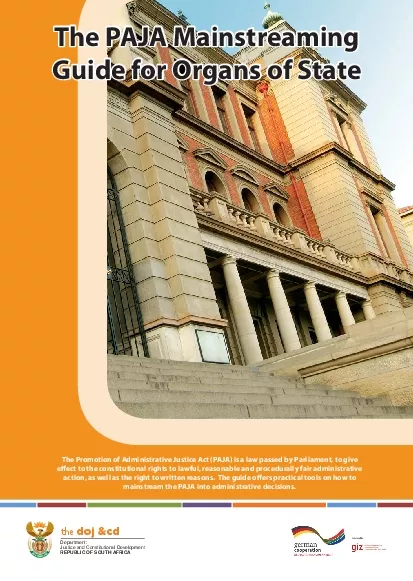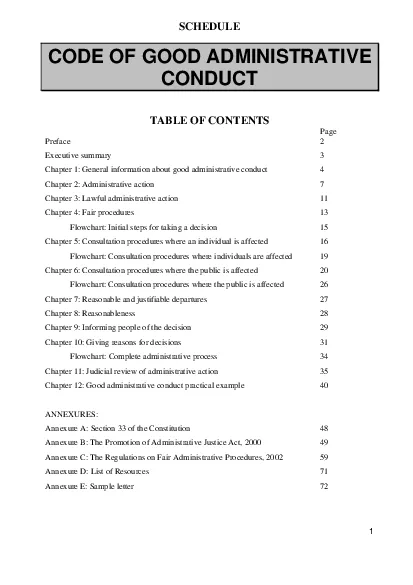PPT-Initial decision making, internal review & administrative justice
Author : giovanna-bartolotta | Published Date : 2018-10-25
Gráinne McKeever S ocial security perspective on internal review amp decision making What is the Social Security Advisory Committee SSAC What are we looking at
Presentation Embed Code
Download Presentation
Download Presentation The PPT/PDF document "Initial decision making, internal review..." is the property of its rightful owner. Permission is granted to download and print the materials on this website for personal, non-commercial use only, and to display it on your personal computer provided you do not modify the materials and that you retain all copyright notices contained in the materials. By downloading content from our website, you accept the terms of this agreement.
Initial decision making, internal review & administrative justice: Transcript
Download Rules Of Document
"Initial decision making, internal review & administrative justice"The content belongs to its owner. You may download and print it for personal use, without modification, and keep all copyright notices. By downloading, you agree to these terms.
Related Documents

